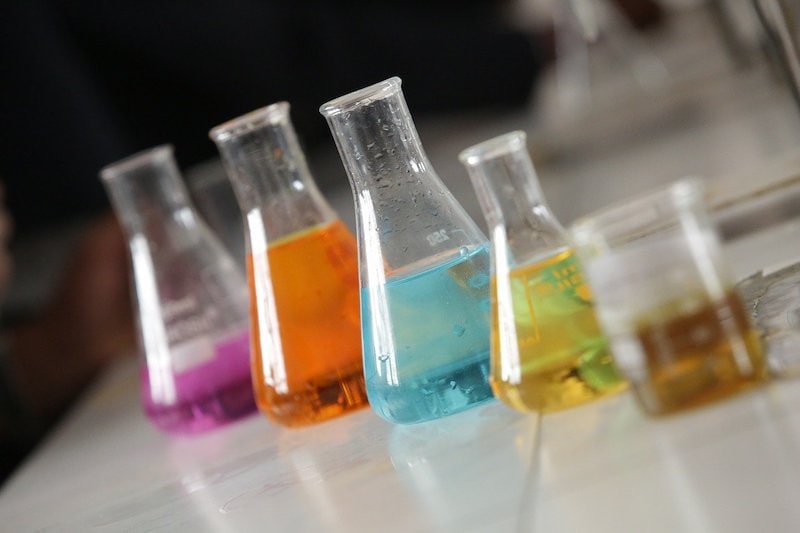
Caffeine is a big part of our favorite drink, helping us wake up, make it through the workday, and stay focused. But where does this magical substance come from?
Caffeine is a natural substance — most of the time. Here’s what you need to know about this popular stimulant, including the difference between natural and synthetic caffeine, where it comes from, and what effects you can expect.
What’s caffeine?
Caffeine is a psychoactive stimulant, which means that it stimulates your mind. After consuming caffeine, you’ll probably notice benefits like increased alertness, better focus, and even improved mood. You might find it in a cup of coffee or black tea, a chocolate bar, or a can of soda.
Where does caffeine come from?

Caffeine comes from over 60 different plants, including coffee beans, cocoa beans (used to make chocolate), kola nuts (used to flavor soda), tea leaves, and yerba mate leaves (used to brew the popular South American drink).
Coffee likely originated in Ethiopia hundreds of years ago — around the sixth century. Scientists discovered caffeine as a substance separate from coffee back in 1819. It’s been a staple of many of our diets ever since!
Natural vs. Synthetic Caffeine

Even though caffeine is a naturally-occurring substance found in many plants, scientists have also figured out how to make it in the lab. Synthetic caffeine is made with a compound called urea (a combination of carbon, oxygen, and nitrogen) and a chemical called chloroacetic acid.
What’s the difference? At a chemical level, synthetic and natural caffeine are identical. That means that you will not notice a difference if you try both types. The reason some caffeine is synthetic isn’t that it’s better but because it’s cheaper to produce.
Caffeine in coffee is natural — because it comes from the coffee bean itself. That’s why decaf coffee beans have to undergo special processes to remove their natural caffeine. But other caffeinated options like soda and energy drinks may have synthetic caffeine added to them.
Caffeine: The Bottom Line
So where does caffeine come from? It is a chemical stimulant found naturally in dozens of plants, like tea leaves, cocoa beans, and coffee beans. Caffeine can also be made in a lab, so you can have natural or synthetic caffeine. You are most likely to find synthetic caffeine in soda and energy drinks, while chocolate, tea, and coffee are full of natural caffeine.
Now that you know everything there is to know about caffeine, what are you waiting for? Get out there and start sampling that life-giving substance! May we recommend one of the strongest coffees in the world?
RELATED READS:
- How Long Does Caffeine Last?
- Starbucks Caffeine: What’s in Your Favorite Drink?
- Coffee vs Energy Drinks: Which Has More Caffeine?
Featured Image Credit: StockSnap, Pixabay
















